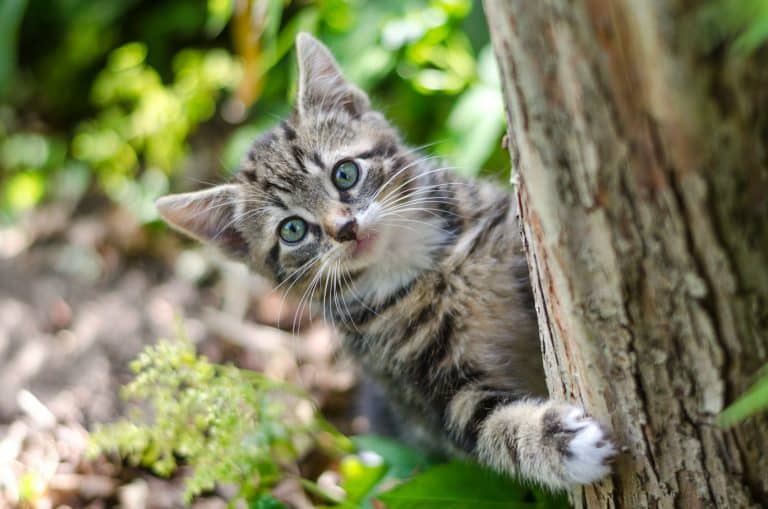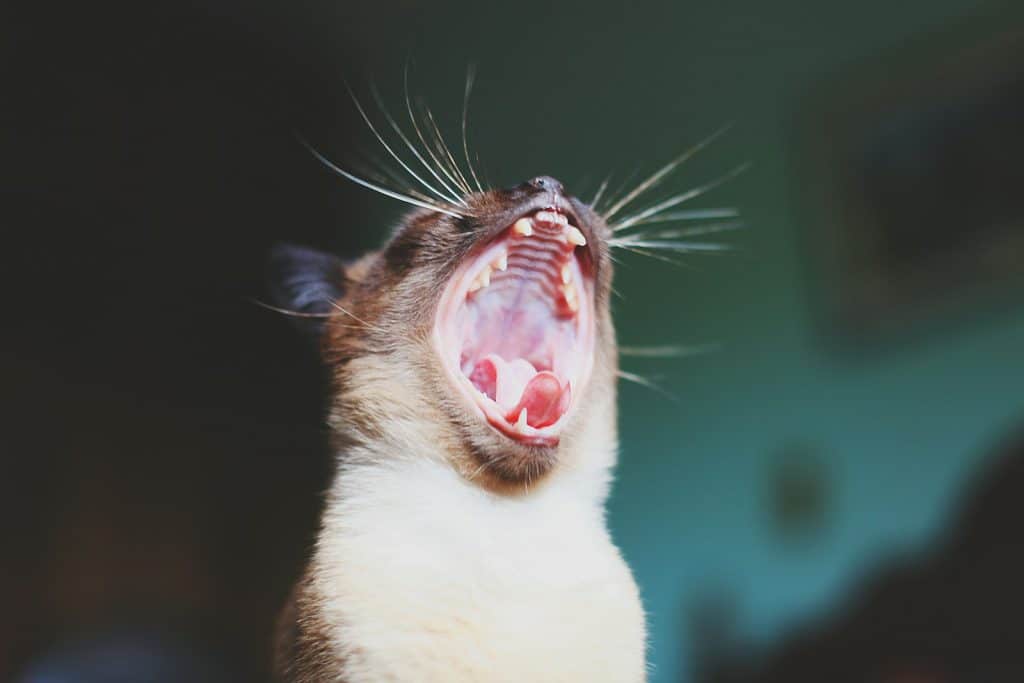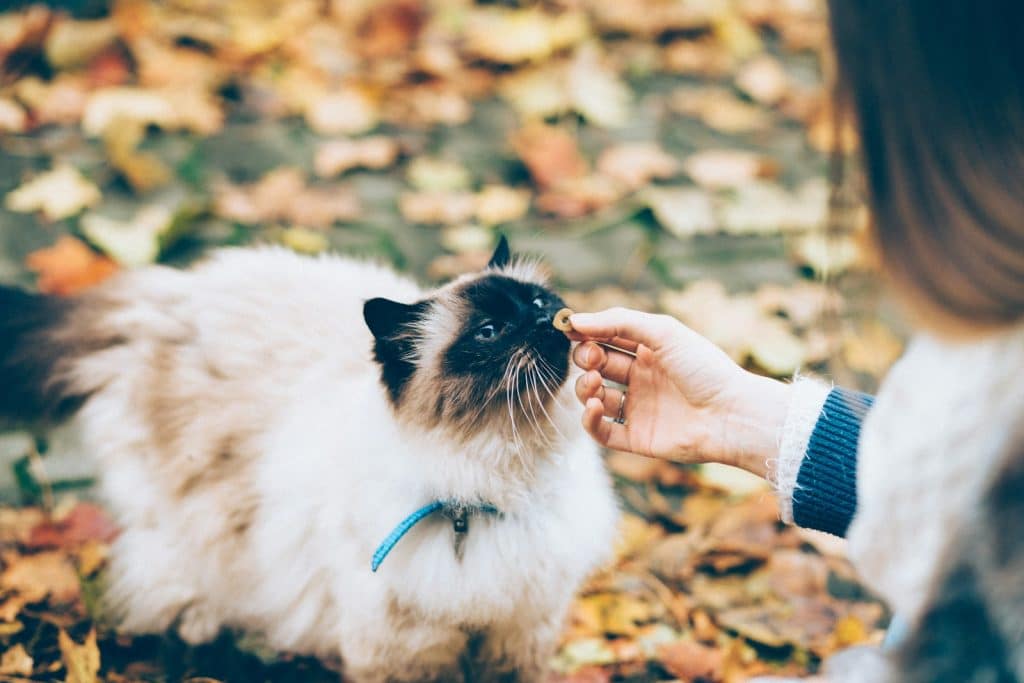Kittens first year lays the foundation for their physical health, social skills, and emotional resilience. Proper nutrition, socialization, and veterinary care during this time dramatically influence their long-term well-being. By their first birthday, kittens transition from palm-sized dependents to nearly full-grown cats, having mastered essential skills like grooming, hunting (or playing!), and communication. Let’s break down their growth week by week.
Kittens first year- Newborn to 3 Weeks: Fragile Beginnings
Kittens are born blind, deaf, and weighing just 2–4 ounces. They rely entirely on their mother for warmth, nutrition, and elimination.
- Week 1: Eyes and ears remain sealed. They spend 90% of their time sleeping and feeding. Weight doubles by day 7.
- Week 2: Eyes begin to open (blue at first), but vision is blurry. Avoid bright light exposure.
- Week 3: Ears uncurl, revealing hearing ability. They start meowing, purring, and wobbling on unsteady legs.
3–5 Weeks: Exploring the World
By week 3, kittens take their first shaky steps. By week 5, they’re confidently walking, playing, and learning social cues.
- Litter Training: Introduce a shallow litter box with non-clumping litter. Kittens learn by mimicking their mother.
- Socialization: Gentle handling by humans is crucial. Avoid overwhelming them with loud noises or crowds.
6–8 Weeks: Independence & Vaccinations
Kittens now eat solid food, groom themselves, and engage in mock hunts. This is also the ideal window for vaccinations.
- First Vet Visit: Core vaccines (FVRCP, rabies) begin. Side effects like lethargy are normal.
- Diet Transition: Mix wet kitten food with formula. Free-feeding kibble is introduced.
9–12 Weeks: Social Butterflies
Kittens refine motor skills, bond with humans, and establish hierarchies with littermates.
- Playtime: Use feather wands or balls to simulate hunting. Rotate toys to prevent boredom.
- Training: Redirect biting to chew toys and reward calm behavior with treats.
3–6 Months: Teenage Energy
Kittens reach sexual maturity (spay/neuter by 6 months) and lose baby teeth.
- Chewing Phase: Provide durable toys to protect furniture.
- Weight Management: Transition to scheduled meals to prevent obesity.
6–12 Months: Adulthood Approaches
By 9 months, kittens are 90% of their adult size. Their personality solidifies, but playful energy persists.
- Diet Shift: Introduce adult cat food gradually.
- Lifelong Habits: Reinforce grooming, leash training, and interactive play.
Year 1 Recap: Setting the Stage for a Happy Life
A kitten’s first year is a whirlwind of growth. Investing in proper nutrition, socialization, and enrichment during this time ensures a healthy, confident adult cat. While kittens reach physical maturity around 12 months, many breeds (e.g., Maine Coons) continue maturing until 18 months. Celebrate their milestones, but remember: their playful curiosity is a lifelong trait!





